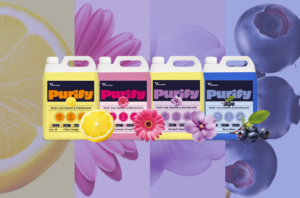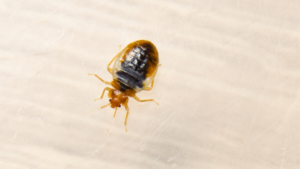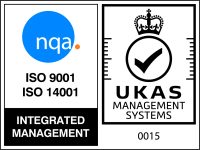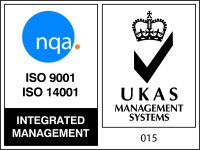What Cleaning Staff Should Know About CLP
Brought into existence by the European Union (EU) in 2008, the bloc’s Classification, Labelling and Packaging (CLP) Regulation is aimed at protecting the health of all who are exposed to certain chemical products and at safeguarding the wider environment from any damage caused by exposure to these chemicals. In June of 2015, it became a legal requirement that any chemicals – including products used within the British cleaning sector – adhere to certain regulations with respect of their classification, labelling and packaging. While much has changed in the decade since this regulation has come into existence, cleaning professionals – in order to protect themselves and others – should be aware of CLP and how it impacts their sector.
What is CLP?
CLP is rooted in the Globally Harmonised System (GHS), as set out by the United Nations (UN). According to the European Chemicals Agency (ECHA), the GHS, “…offers a unified system for the classification of chemicals – including those used during the cleaning process – and a unified way of communicating any risks associated with handling them.” As the United Nations Economic Commission for Europe (UNECE) further explains, “The GHS also provides a basis for harmonisation of rules and regulations on chemicals at national, regional and worldwide level…”.
While the GHS was adopted by EU members via the CLP Regulation in 2009, the United Kingdom’s Health and Safety Executive (HSE) clarifies that, “The EU CLP Regulation as amended, is retained in GB law. These arrangements mean that GB continues to adopt GHS, independently of the European Union.” In the United Kingdom, the HSE has the authority to oversee CLP standards for goods placed on the market. While the GHS is not a law, CLP can be legally enforced via the HSE. CLP is applicable to manufacturers, users, importers and distributors of chemicals.
CLP: A Practical Guide
Under CLP, labels are one of the primary methods of communicating the hazards associated with chemicals. As the British Cleaning Council clarifies, these warn of both environmental and physical hazards. According to HSE, a label should, 1) assist the end user with the correct identification of a substance, 2) describe what the risks are in handling a product and, 3) describe how a user can avoid any risk while handling a chemical substance. Additionally, any labelling may also include what are described as hazard and precautionary statements as well as any signal words.
Hazard and precautionary statements are another component of CLP. The former describe the kind of hazard associated with handling or being exposed to a particular chemical. For example, these could warn of the risk of serious eye damage, of toxicity if ingested, or, of danger to aquatic life. More examples can be found here. On the other hand, a precautionary statement advises what the user can do to mitigate the risks of exposure to a chemical. For example, these statements can recommend that users wear eye or respiratory protection when handling a substance. Further examples can be found here. Along with these statements, two signal words – ‘Danger’ and ‘Warning’ – alert users to the fact that they are handling a hazardous substance. ‘Danger’ is used to alert users of a most severe hazard.
Finally, the CLP Regulation also makes use of hazard pictograms, which are intended to warn end users of a substance that is harmful to either those handling it or to the environment. In the UK, these are diamond-shaped and feature a white background with a red border. Examples of these pictograms can be found here.
CLP: What Cleaners Need to Know
HSE clarifies that, under the current CLP regulations, “… the methods used to classify products containing corrosive or irritant substances are more stringent, resulting in a higher number of cleaning products being classified and labelled as hazardous.” However, the body hastens to add that this is due to regulations being more stringent versus an actual increase in the toxicity of a substance. For example, substances that cause potential irritation to the eye or skin are subject to CLP.
In fact, cleaners should be aware that, under CLP, there are specific pictograms that denote products that may cause serious eye and/or skin damage. These are the corrosive and the exclamation mark pictograms, both of which can be viewed here. The former pictogram is used to designate chemicals that can cause serious and irreversible eye or skin damage while the latter is used to denote substances that can cause reversible skin or eye irritation.
The British Cleaning Council offers a sector-specific overview of CLP here while the International Association for Soaps, Detergents and Maintenance Products also provides further practical information. For immediate advice, HSE suggests that cleaners query suppliers and manufacturers directly regarding any precautions or risks.
Though changes have occurred since the inception of the CLP Regulation, cleaners still have a responsibility to know and understand them. By keeping abreast of CLP, cleaners can help to protect themselves and others while maintaining safety standards throughout the wider sector.








